- Over 1 million successful rentals
Car Hire Spain
Save time and money. We compare the offers of car rental companies in Spain on your behalf.
- Free cancellation Up to 48 hours prior to the scheduled pick up time
- Best price guarantee Have you found a better price? Let us know and we will make you a better offer.
- 24000+ pick-up locations Locations around the world
Compare Car Hire
Carrentals.co.uk offers simple and straightforward car hire comparison services. We don't add a penny to your quotes!
Car rental offers in Spain
Whether you're looking for a small rental car or a station wagon for the entire family, we will always have a suitable vehicle for the lowest price. Below are some examples from our selection in Spain.
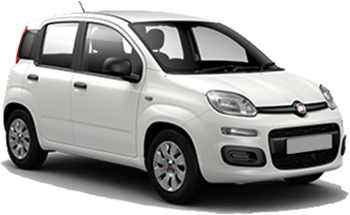
-
Ownerscar From£ 2 /day -
Autos Menorca From£ 2 /day -
DelPaso From£ 4 /day

-
Autos Menorca From£ 3 /day -
Ownerscar From£ 3 /day -
Centauro From£ 5 /day
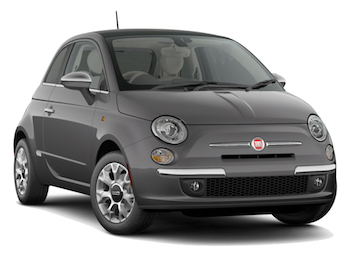
-
Autos Menorca From£ 5 /day -
Goldcar From£ 5 /day -
Centauro From£ 5 /day
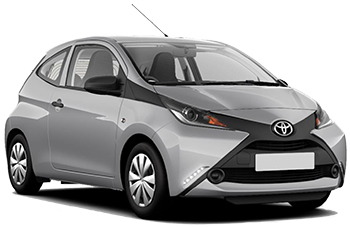
-
Autos Menorca From£ 3 /day -
Ownerscar From£ 3 /day -
DelPaso From£ 4 /day
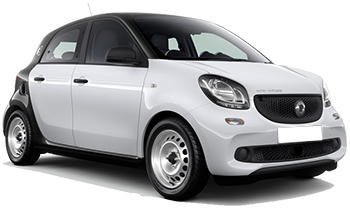
-
Goldcar From£ 5 /day
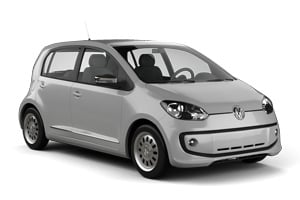
-
Orlando Rent a Car From£ 5 /day -
Thrifty From£ 9 /day -
Dollar Rent a Car From£ 11 /day
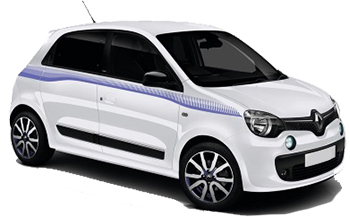
-
Orlando Rent a Car From£ 5 /day

-
Clickrent From£ 6 /day -
OK Mobility From£ 7 /day -
Ownerscar From£ 8 /day
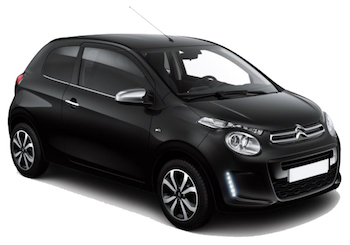
-
Goldcar From£ 5 /day -
Turisprime From£ 7 /day -
Avis From£ 10 /day
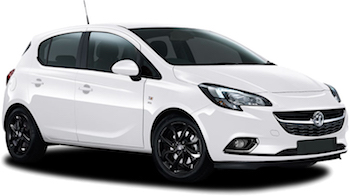
-
Ownerscar From£ 4 /day -
Autos Menorca From£ 5 /day -
Goldcar From£ 6 /day
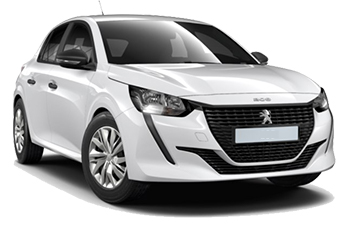
-
Ownerscar From£ 4 /day -
K10 Rentacar From£ 6 /day -
OK Mobility From£ 6 /day
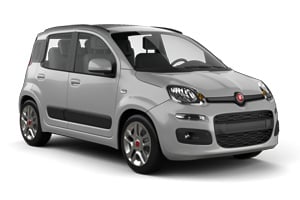
-
Autos Menorca From£ 5 /day -
Ownerscar From£ 6 /day -
Wiber Rent a Car From£ 7 /day
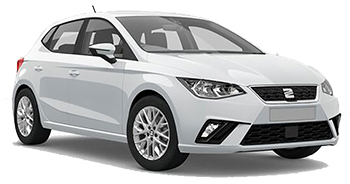
-
DelPaso From£ 4 /day -
OK Mobility From£ 6 /day -
Clickrent From£ 8 /day
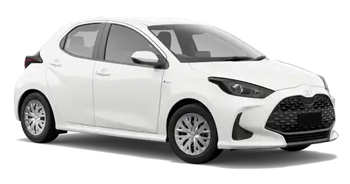
-
wheego From£ 5 /day -
Record Go From£ 6 /day -
Centauro From£ 8 /day

-
Autos Menorca From£ 5 /day -
Ownerscar From£ 5 /day -
Record Go From£ 8 /day
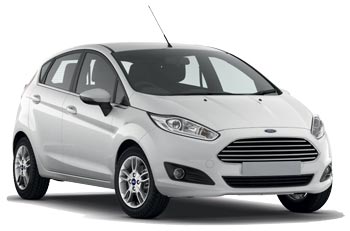
-
wheego From£ 5 /day -
Centauro From£ 5 /day -
Goldcar From£ 6 /day

-
Centauro From£ 5 /day -
Goldcar From£ 7 /day -
Orlando Rent a Car From£ 9 /day

-
Autos Menorca From£ 5 /day -
Ownerscar From£ 5 /day -
K10 Rentacar From£ 6 /day
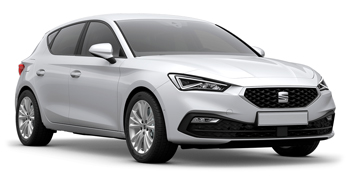
-
wheego From£ 6 /day -
OK Mobility From£ 8 /day -
Autos Menorca From£ 9 /day
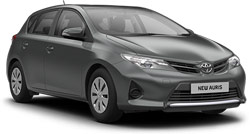
-
wheego From£ 6 /day
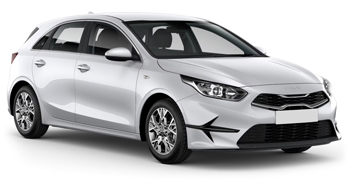
-
Centauro From£ 9 /day
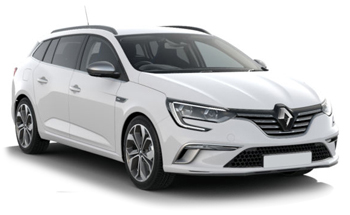
-
DelPaso From£ 6 /day -
Orlando Rent a Car From£ 7 /day -
OK Mobility From£ 8 /day

-
Record Go From£ 7 /day -
Ownerscar From£ 9 /day -
Autos Menorca From£ 9 /day
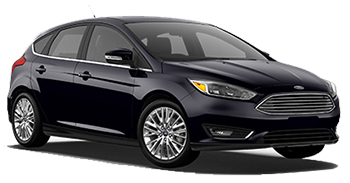
-
Centauro From£ 9 /day -
Clickrent From£ 10 /day -
Goldcar From£ 12 /day
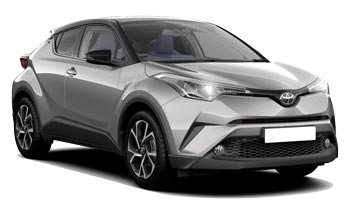
-
Record Go From£ 7 /day -
Goldcar From£ 7 /day -
Gobycar From£ 12 /day
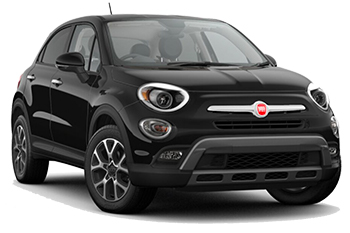
-
Record Go From£ 7 /day

-
Nizacars From£ 10 /day -
Gobycar From£ 12 /day -
Ownerscar From£ 12 /day
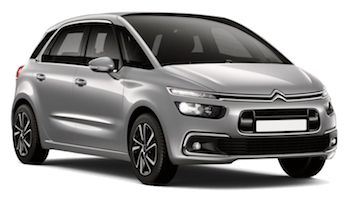
-
Goldcar From£ 7 /day -
Goldcar Key'n Go From£ 21 /day -
Thrifty From£ 30 /day
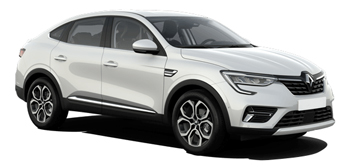
-
Goldcar From£ 7 /day -
Gobycar From£ 19 /day -
Thrifty From£ 19 /day

-
Record Go From£ 12 /day -
Dollar Rent a Car From£ 22 /day -
Keddy By Europcar From£ 23 /day
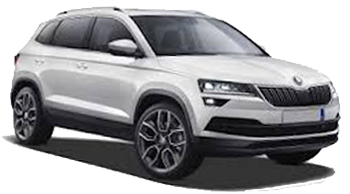
-
Goldcar From£ 7 /day -
wheego From£ 11 /day -
Centauro From£ 13 /day
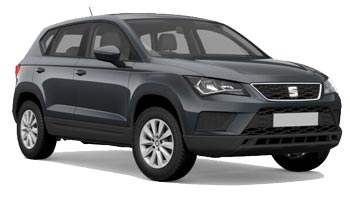
-
Goldcar From£ 7 /day -
TopCar From£ 12 /day -
Nizacars From£ 12 /day

-
Goldcar From£ 12 /day -
Nizacars From£ 12 /day -
TopCar From£ 14 /day
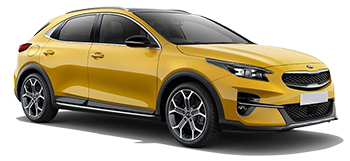
-
Goldcar From£ 7 /day
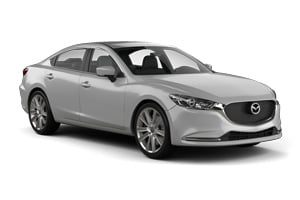
-
wheego From£ 9 /day

-
Goldcar From£ 12 /day -
Thrifty From£ 17 /day -
Centauro From£ 17 /day
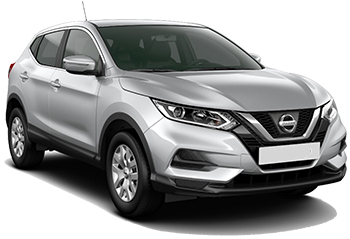
-
OK Mobility From£ 11 /day -
Budget From£ 23 /day
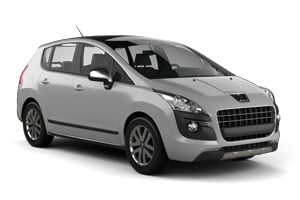
-
OK Mobility From£ 11 /day

-
OK Mobility From£ 18 /day
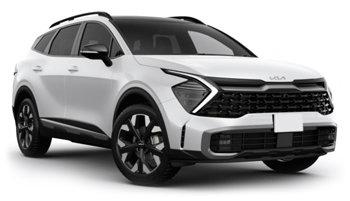
-
wheego From£ 13 /day -
Europcar From£ 24 /day -
Alamo From£ 24 /day
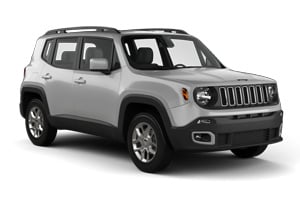
-
K10 Rentacar From£ 17 /day -
Autos Menorca From£ 30 /day
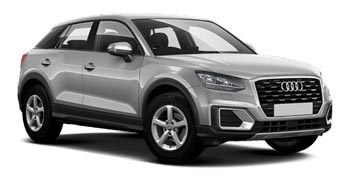
-
TopCar From£ 19 /day

-
Record Go From£ 18 /day -
Alamo From£ 24 /day -
Enterprise From£ 29 /day
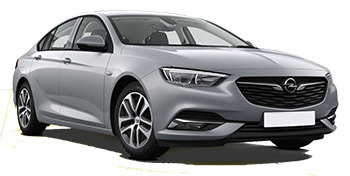
-
Goldcar From£ 18 /day -
Alamo From£ 24 /day -
Enterprise From£ 29 /day
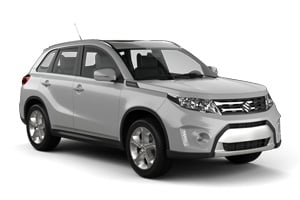
-
TopCar From£ 19 /day
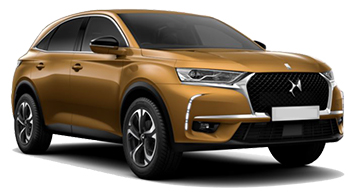
-
OK Mobility From£ 21 /day
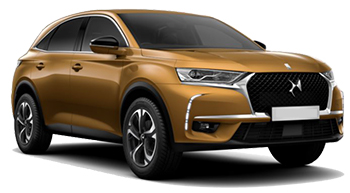
-
OK Mobility From£ 21 /day
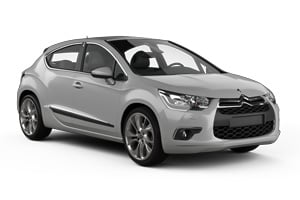
-
TopCar From£ 21 /day

-
TopCar From£ 21 /day
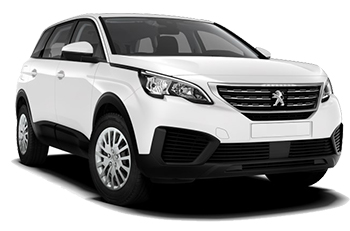
-
OK Mobility From£ 21 /day -
KeyGo Rent From£ 29 /day -
Drivalia From£ 30 /day
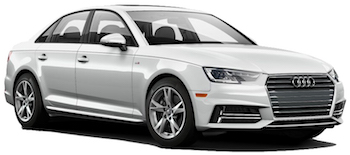
-
Budget From£ 25 /day -
Avis From£ 28 /day -
TopCar From£ 30 /day
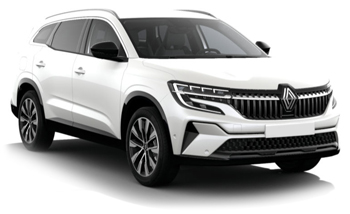
-
OK Mobility From£ 21 /day -
Thrifty From£ 40 /day -
Dollar Rent a Car From£ 41 /day
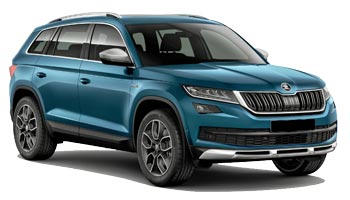
-
Budget From£ 25 /day -
Avis From£ 28 /day -
Sixt From£ 41 /day

-
OK Mobility From£ 22 /day -
Alamo From£ 44 /day -
Gobycar From£ 44 /day

-
TopCar From£ 22 /day
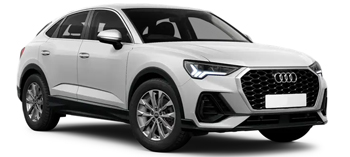
-
TopCar From£ 22 /day -
Canarias Rent a car From£ 45 /day
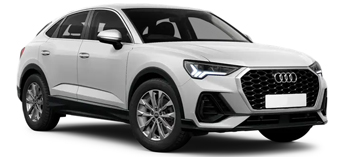
-
TopCar From£ 23 /day
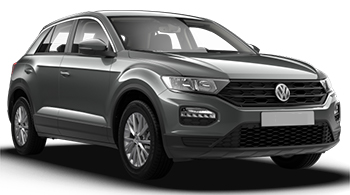
-
TopCar From£ 23 /day
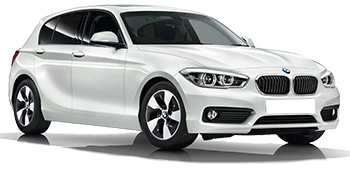
-
Keddy By Europcar From£ 24 /day

-
Record Go From£ 23 /day -
Drivalia From£ 25 /day -
Europcar From£ 41 /day

-
Record Go From£ 23 /day
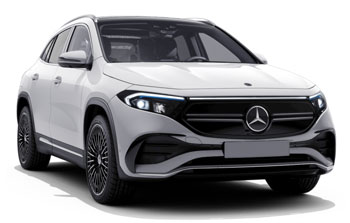
-
Keddy By Europcar From£ 24 /day -
Europcar From£ 36 /day

-
Keddy By Europcar From£ 24 /day
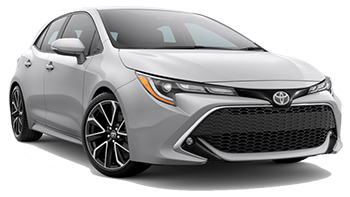
-
Record Go From£ 7 /day
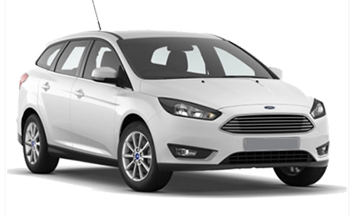
-
Goldcar From£ 7 /day -
Wiber Rent a Car From£ 8 /day -
Thrifty From£ 12 /day
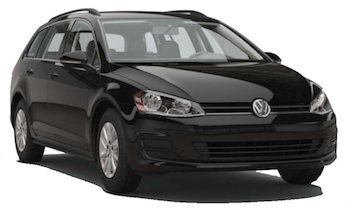
-
Record Go From£ 14 /day

-
Record Go From£ 8 /day

-
Record Go From£ 8 /day
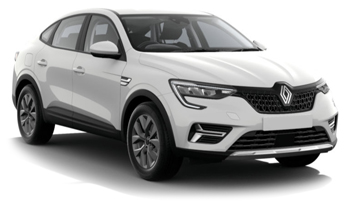
-
Nizacars From£ 14 /day

-
OK Mobility From£ 8 /day -
Avis From£ 47 /day
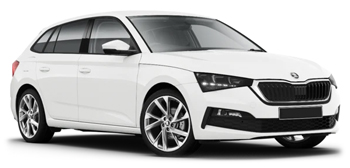
-
Record Go From£ 9 /day

-
Wiber Rent a Car From£ 15 /day -
Goldcar Key'n Go From£ 20 /day -
Goldcar From£ 20 /day

-
Hertz From£ 17 /day -
Record Go From£ 30 /day -
Clickrent From£ 44 /day
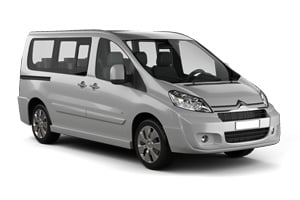
-
Budget From£ 23 /day -
Avis From£ 26 /day -
Thrifty From£ 51 /day

-
Budget From£ 25 /day -
Avis From£ 27 /day -
Thrifty From£ 54 /day
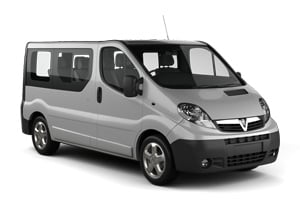
-
Wiber Rent a Car From£ 25 /day -
Dollar Rent a Car From£ 34 /day -
Hertz From£ 39 /day
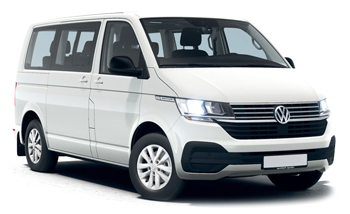
-
Avis From£ 28 /day -
Budget From£ 29 /day

-
Budget From£ 26 /day -
Avis From£ 28 /day -
Sixt From£ 103 /day
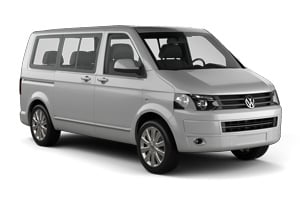
-
Wiber Rent a Car From£ 26 /day -
Record Go From£ 36 /day -
Clickrent From£ 38 /day
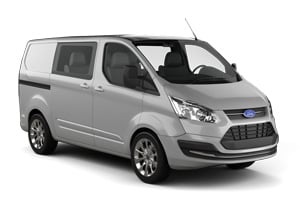
-
Dollar Rent a Car From£ 34 /day -
Hertz From£ 36 /day -
Drivalia From£ 56 /day
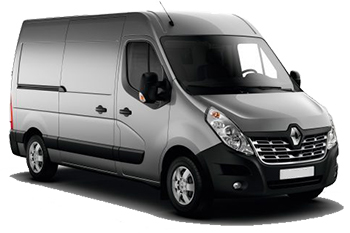
-
Hertz From£ 26 /day

-
Goldcar From£ 5 /day -
Autos Menorca From£ 6 /day -
Ownerscar From£ 7 /day
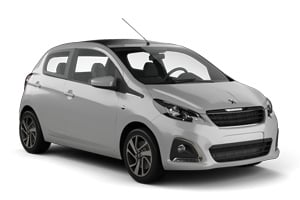
-
Autos Menorca From£ 6 /day -
Ownerscar From£ 7 /day

-
Autos Menorca From£ 9 /day -
Ownerscar From£ 15 /day -
Centauro From£ 15 /day

-
Record Go From£ 8 /day -
Clickrent From£ 18 /day

-
Record Go From£ 10 /day -
Clickrent From£ 31 /day

-
Clickrent From£ 10 /day

-
Ownerscar From£ 13 /day -
Autos Menorca From£ 14 /day

-
Budget From£ 14 /day -
Avis From£ 16 /day -
TopCar From£ 23 /day

-
Budget From£ 16 /day -
Avis From£ 18 /day -
TopCar From£ 25 /day
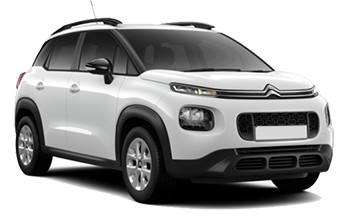
-
Record Go From£ 7 /day -
TopCar From£ 12 /day

-
Record Go From£ 7 /day

-
Record Go From£ 11 /day -
TopCar From£ 14 /day
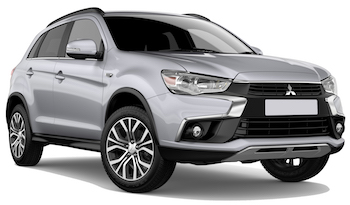
-
Goldcar From£ 7 /day
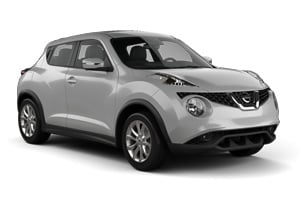
-
Goldcar From£ 7 /day -
Wiber Rent a Car From£ 8 /day -
TopCar From£ 9 /day
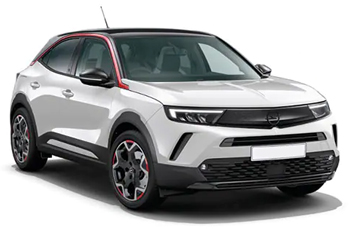
-
Drivalia From£ 11 /day -
Thrifty From£ 14 /day -
Hertz From£ 18 /day
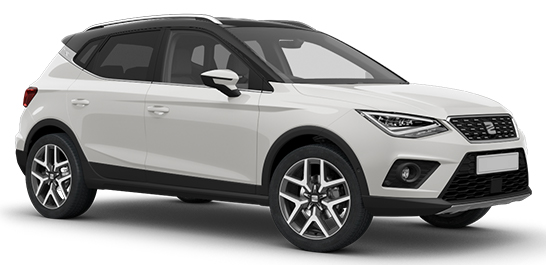
-
Goldcar From£ 7 /day -
OK Mobility From£ 8 /day -
Autos Menorca From£ 9 /day
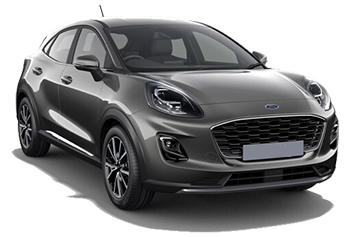
-
Goldcar From£ 7 /day -
Wiber Rent a Car From£ 8 /day -
Thrifty From£ 12 /day

-
Record Go From£ 12 /day -
Dollar Rent a Car From£ 22 /day -
Hertz From£ 25 /day

-
Goldcar From£ 5 /day -
Centauro From£ 7 /day -
Wiber Rent a Car From£ 7 /day
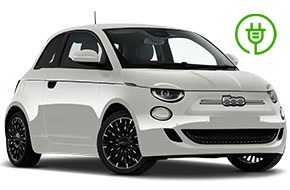
-
Goldcar From£ 5 /day -
Record Go From£ 5 /day -
Wiber Rent a Car From£ 7 /day

-
Goldcar From£ 7 /day -
Wiber Rent a Car From£ 7 /day -
Centauro From£ 9 /day
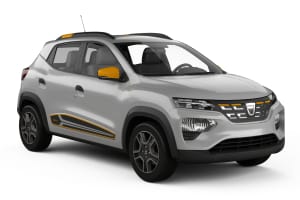
-
Goldcar From£ 7 /day

-
Wiber Rent a Car From£ 11 /day -
Record Go From£ 12 /day -
Centauro From£ 12 /day
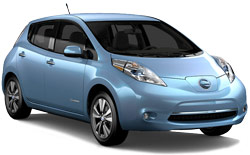
-
OK Mobility From£ 8 /day -
Goldcar From£ 10 /day -
Alamo From£ 13 /day
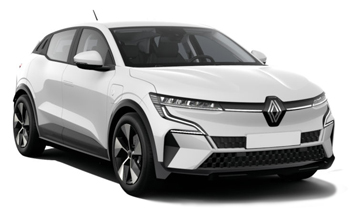
-
Goldcar From£ 11 /day -
Keddy By Europcar From£ 13 /day -
Europcar From£ 17 /day
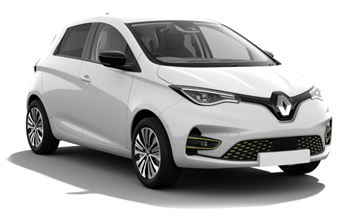
-
Keddy By Europcar From£ 13 /day -
Europcar From£ 15 /day
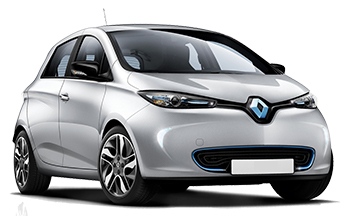
-
Keddy By Europcar From£ 11 /day -
Europcar From£ 13 /day -
Centauro From£ 18 /day
Popular cities in Spain
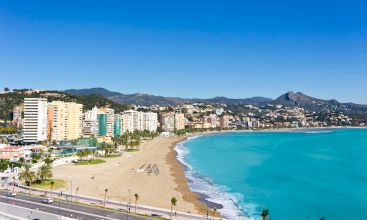
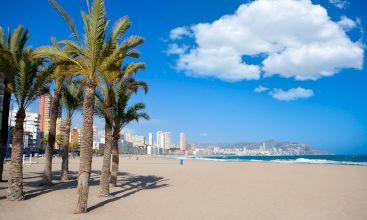
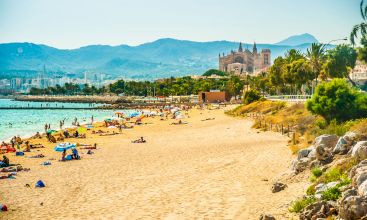
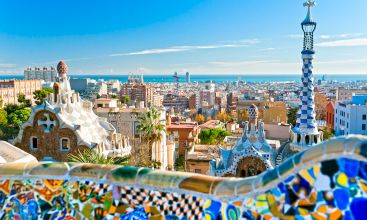
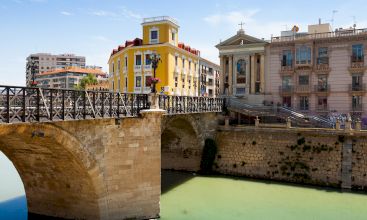

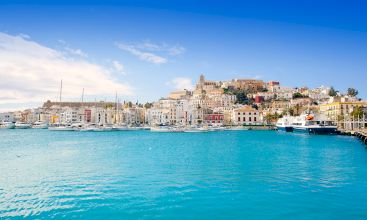
Popular rental locations in Spain
-
Car Hire Malaga AirportFrom
£ 4 /day -
Car Hire Alicante AirportFrom
£ 5 /day -
Car Hire Mallorca AirportFrom
£ 7 /day -
Car Hire Barcelona AirportFrom
£ 5 /day -
Car Hire South Tenerife Reina Sofia AirportFrom
£ 5 /day -
Car Hire Ibiza AirportFrom
£ 5 /day -
Car Hire Menorca Mahon AirportFrom
£ 2 /day -
Car Hire Madrid Barajas AirportFrom
£ 5 /day

When to book a rental car in Spain
Spain - When is the most affordable time to rent a mini class car?
At this destination (Spain), March is the most affordable time to rent a mini class car with an average daily rate of
Spain - When is the most affordable time to rent a economy class car?
At this destination (Spain), March is the most affordable time to rent a economy class car with an average daily rate of
Spain - When is the most affordable time to rent a compact class car?
At this destination (Spain), March is the most affordable time to rent a compact class car with an average daily rate of
Spain - When is the most affordable time to rent an intermediate class car?
At this destination (Spain), February is the most affordable time to rent a intermediate class car with an average daily rate of
Spain - When is the most affordable time to rent a standard class car?
At this destination (Spain), February is the most affordable time to rent a standard class car with an average daily rate of
Spain - When is the most affordable time to rent a full-size car?
At this destination (Spain), March is the most affordable time to rent a full-size class car with an average daily rate of
Spain - When is the most affordable time to rent a luxury car?
At this destination (Spain), February is the most affordable time to rent a luxury class car with an average daily rate of
Spain - When is the most affordable time to rent a station wagon?
At this destination (Spain), February is the most affordable time to rent a station wagon with an average daily rate of
Spain - When is the most affordable time to rent a SUV?
At this destination (Spain), March is the most affordable time to rent an SUV with an average daily rate of
Spain - When is the most affordable time to rent a MPV?
At this destination (Spain), February is the most affordable time to rent an mpv with an average daily rate of
Spain - When is the most affordable time to rent a minivan?
At this destination (Spain), February is the most affordable time to rent a minibus with an average daily rate of
Spain - When is the most affordable time to rent a sports car?
At this destination (Spain), February is the most affordable time to rent a sports car with an average daily rate of
Spain - When is the most affordable time to rent a convertible?
At this destination (Spain), March is the most affordable time to rent a convertible with an average daily rate of
Spain - When is the most affordable time to rent a sedan?
At this destination (Spain), June is the most affordable time to rent a sedan with an average daily rate of
Spain - When is the most affordable time to rent a delivery van?
At this destination (Spain), March is the most affordable time to rent a van with an average daily rate of
Car rental locations in Spain
Carrentals.co.uk compares rental car prices at the following destinations

Spain Guide
Spain is best explored by rental car. Carrentals.co.uk has over 364 pick-up locations in Spain. This means there is always a pick-up location close to your destination.
Most popular car hire locations in Spain
Driving
Noted for sun, sea, cultured cities and crazy festivals, Spain continues to draw holidaymakers year-round. The main attraction for most visitors is the beach, although history is all around and there is always a place of interest within a short drive. By car visitors can take in the stunning Costa Brava and Costa del Sol coasts, the Picos de Europa or the beautiful Ronda Valley.
Driving Tips for Spain
There is an excellent, high quality road network which features coastal motorways and major routes between centres. Secondary roads are also generally good though caution is advised in mountainous areas. The carrying of a warning triangle and a spare pair of glasses if you normally wear glasses is obligatory.
Which side does Spain drive on: the right.
Speed limits:
Motorways: 74mph (120kph)
Rural roads: 56-62mph (90-100kph)
Built-up areas: 31mph (50kph)
Alcohol limits: 0.05 per cent blood alcohol level, which is less than the UK 0.08 per cent limit. Be aware that the limit is lower (0.03 per cent) for those that have held their license for under two years.
Driving age: 18 years, but usually 21 years to rent a car.
Seatbelts: all occupants should wear them, while children under 12 years should be seated in the rear and infants in an adapted seat.
Mobile phones and GPS: on-the-spot fines of up to around £160 (€200) are dished out for those caught driving while using a mobile. Mobile phones can be used with a hands-free kit, as can GPS. Spain and the main islands are well covered by GPS maps.
Cost of fuel in Spain: petrol and diesel are both cheaper here than in the UK.
Car hire and fuel payment: petrol stations readily accept credit cards though having enough cash to hand in out-of-the-way places is recommended. Car hire firms require card holders to show the credit card which was used to make the booking on pick-up. Always advise your credit card supplier when travelling overseas.
Insurance: third-party insurance is compulsory, while hire cars typically have fully comprehensive insurance. Optional ‘excess’ insurance is recommended.
Traffic and parking: avoid driving in central Madrid, Barcelona, Malaga and Granada especially, although most towns have heavy traffic and tough parking at all times. Parking fees are cheaper than in Spanish cities than other main European cities, but spaces are hard to find. Make use of park and ride facilities where possible.
Transport
Trains
Spain has a modern, reliable rail network, with frequent services from France, which has connections with London from Paris with Eurostar. The TALGO express is the best bet from Paris (15 hours). Renfe runs the show, with the TALGO 200s and newer AVE trains (first and second class) being the quickest and comfiest options. Trip time from Madrid to Seville aboard the latter is 2 hours, 30 minutes. Train fares are roughly double bus fares but trip times are much less and unlimited rail passes are available. The well-trodden Madrid-Barcelona run costs about £100, much more than the bus. Metro travel in Madrid and Barcelona is cheap.
Taxis
Taxis are always present in Spanish cities and are metered and reasonably priced. A standard journey across a city would be £5-10. If a driver gives you the run-around, there’s a telephone number on the receipt to complain. Taxi trips to airports are usually fixed price, with the run from Barcelona International Airport to the city centre costing about £30.
Buses
Eurolines (associated with National Express in the UK) can get you into Spain via France; however, this is not a good way to arrive as the trip takes about 24 hours and you need to change buses. Services within Spain are mostly point-to-point and regular, such as between Madrid and Malaga. Buses are cheap—roughly half the price of rail travel—though trip times are roughly double the AVE trains. The trip from Madrid to Barcelona costs about £25 and takes 6 hours.
Ferries
Regular ferries sail from the south of England to northern Spain with Brittany Ferries. Services go from Portsmouth to Bilbao and from Portsmouth and Plymouth to Santander; the latter trip takes about 24 hours. There are also ferries from the UK to Calais in France, from where trains run to Paris and on to Spain. Ferries also run from the Balearic and Canary Islands to the mainland. The Balearics are connected to Valencia and Barcelona, and the Canaries to Cadiz.
Airports
Madrid, Barcelona and Malaga on the mainland have the main airports, with Palma de Mallorca Airport also very busy. All main cities and coastal areas have airports with connections with the UK. British Airways and Iberia (the Spanish flag carrier) offer many daily flights from Heathrow and Gatwick airports in London. There are also regular services from Manchester, Birmingham and Edinburgh, as well as from regional centres across the UK. Monarch flies regularly to Barcelona from London-Luton, while EasyJet and Ryanair serve airports nationwide. Average flight time is about 2 hours. Domestic flights are inexpensive and primarily serve Madrid, Barcelona and Malaga, as well as the islands.
Explore
Exploring Spain
The Spanish capital, Madrid, is inherently lively and loaded with interesting architecture, museums (think the Museo del Prado) and shopping, though it is not the main attraction for most visitors.
Barcelona is more tourist-friendly and noted for Gaudi buildings like La Sagrada Familia and the bustling Las Ramblas thoroughfare. The monastery at nearby Montserrat is a famous attraction that is accessible from the city by a fun road and cable car.
The Costa Brava is easily accessed from Barcelona and has famous beach resorts, from Lloret de Mar in the north to Tarragona in the south and beyond. The colourful houses on the water in Girona are also worth a trip, while farther south is the Costa Blanca and towns of Valencia and Alicante. Benidorm is a brash, but popular, resort here.
Other main beach areas include the Costa del Sol coast between Malaga and Gibraltar, and the bustling resorts of Mallorca and Ibiza of the Balearic Islands, and the easier-going Canary Islands.
Back on the mainland, the Alhambra palace—under the Sierra Nevada—is easy to reach by car from Malaga and Granada, while Cordoba is noted for Mezquita, the Grand Mosque.
Other must-sees include flamenco dancing and the Gothic cathedral of Seville, the nearby Ronda Valley, UNESCO World Heritage Avila and the Alcazar at Toledo (near Madrid).
Highlights of the north include the ecclesiastical town of Santiago de Compostela, the Guggenheim Museum in Bilbao and the stunning Pyrenees and Picos de Europa regions.
Our Travel Editor’s Recommended Drives
Sierra Nevada and Granada – an hour-long drive in this heritage-rich southern region takes in centuries-old Moorish villages away from the bustle of Granada. The Sierra Nevada has good skiing in winter and fantastic hiking in summer.
Ronda Valley – the road through this spectacular valley and its namesake rural Andalusian town is memorable. The drive includes the Puente Nuevo bridge over a high gorge and can be done from Marbella or Seville.
Santillana del Mar to San Pelayo – going across the north coast from near Santander, this stunning route takes in the sea and inland areas of Mena Valley. San Pelayo is worthy of a visit in itself.
Holidays and Festivals
New Year’s Day (1 January)
Malaga’s Semana Santa (Palm Sunday to Easter Sunday)
Las Cruces (early May)
Festival of San Fermín (Running of the Bulls) (early to mid-July)
La Tomatina (late August)
National Day (12 October)
Weather
Coastal Spain features a Mediterranean climate with hot summers and mild winters, while the interior is hot and cold, respectively. The average annual temperature is 13.5°C, rising to well into the 20s (°C) in coastal areas. Most places see lots of sunshine, especially Malaga and the Canary Islands, and it is pleasant in spring and autumn. It’s driest, as well as hottest, in July/August, with the most rainfall in the autumn.
Practical Stuff
Spain Travel Tips
Spain is perhaps the most attractive holiday destination for Brits, having sun, great beaches and towns, and cheaper prices. Getting about is easy and a huge network of roads makes driving here worthwhile. Brush up on these travel tips to make things go smoothly.
Spain contact numbers
Country code - (+34)
British Embassy – +34 91 319 0200
Canadian Embassy – +34 91 423 3250
Irish Embassy – +34 91 436 3780
US Embassy – +34 91 587 2200
Australian Embassy – +34 91 353 6600
Emergency services – 112
Police (report a theft/accident) - 902 102 112
Money matters
Spain uses the Euro, which can be bought around the world and changed at banks, money changers (cambio) and hotels within Spain. Credit cards are widely accepted, as are UK ATM cards at the myriad ATMs in all resorts and cities. Cash is, however, preferred in out-of-the-way towns and villages.
Health and safety
Pickpockets are rife in major centres and beaches—Barcelona and Torremolinos are particularly problematic—though violent crime is rare. The roads are generally good quality and well lit at night, while main beaches are patrolled. There are no exotic health risks, with mosquitoes a nuisance rather than a danger in summer.
Fitting in…
The Spanish are friendly but many speak only conversational English. It is easy to meet them with just a few words of Spanish, but avoid discussing separatist issues of the Basque and Catalonia regions. The siesta (afternoon nap) is commonplace although big shops and eateries remain open in main areas. The Spanish eat out and party late.
Visas for Spain
As the UK is part of the EU, UK visitors don’t need a visa to enter and can stay for as long as they like. Those from outside the EU, including US, Canadian and Australasian citizens, should apply for a Schengen visa, which is good for 90 days and allows for travel to other European countries that are signatory to the agreement.
Electricity
The power supply in Spain is 220V/50Hz, which is similar to the UK, thus a converter is not needed. Sockets have two round pins so UK visitors will need an adapter (widely available). New laptops and iPhones can be charged on different voltages.
Business hours
Businesses: 09:30 to 13:30 and 16:30 to 20:00, Monday to Friday
Government offices: 08:00 to 14:00, Monday to Friday (summer), or 09:00 to 16:00
Shops: 09:30 to 13:30 and 16:30 to 20:00, Monday to Saturday
Banks:08:30 to 14:00, Monday to Friday, 09:00 to 13:00, Saturday (only some banks in major centres)
Helpful phrases
Ola - Hello
Gracias - Thank you
Donde esta? - Where is…?
Perdoname - Excuse me
No comprendo - I don't understand
Como se lama? - What is your name?
Practical information
-
CurrencyEuro
-
Driving directionRight
-
City speed limit50 km/h
-
Freeway speed limit90 km/h
-
LanguageSpanish
-
Popular car categoryEconomy
What most people want to know
The following questions and answers are a selection of the most popular questions. If you do not find the answer to your question, have a look at the Frequently Asked Questions page or contact us.
- Ownerscar
- CarGest
- Autos Menorca
- Enterprise
- Hiper Rent a Car
- Gobycar
- Avis
- Sixt
- Hertz
- Goldcar Key'n Go
- TopCar
- Leasys
- KeyGo Rent
- Dollar Rent a Car
- Budget
- Flizzr
- Centauro
- Thrifty
- Nizacars
- Orlando Rent a Car
- Alamo
- Drivalia
- Rentbycar
- Wiber Rent a Car
- Turisprime
- National Car Rental
- RentalPlus
- Green Motion
- FireFly Car Rental
- Keddy By Europcar
- Europcar
- Everycar
- Clickrent
- Record Go
- Goldcar
- OK Mobility
- wheego
- EECar Rental
- Rhodium Car Rental
- Abbycar
- InterRent
- SurPrice car rentals
- DelPaso
- Rentalk50
- K10 Rentacar
- Canarias Rent a car
- Autos Aguirre
- Exclusive GO
- Payless Car Rental
- Routes
- NÜ Car Rentals
- Sicily by Car
- Rent a star
- offUgo
- Carwiz rent a car
- McRent
- Touring Cars
- CITROEN
- 2Rent
- Street Rent a Car
- ACE Rent A Car
